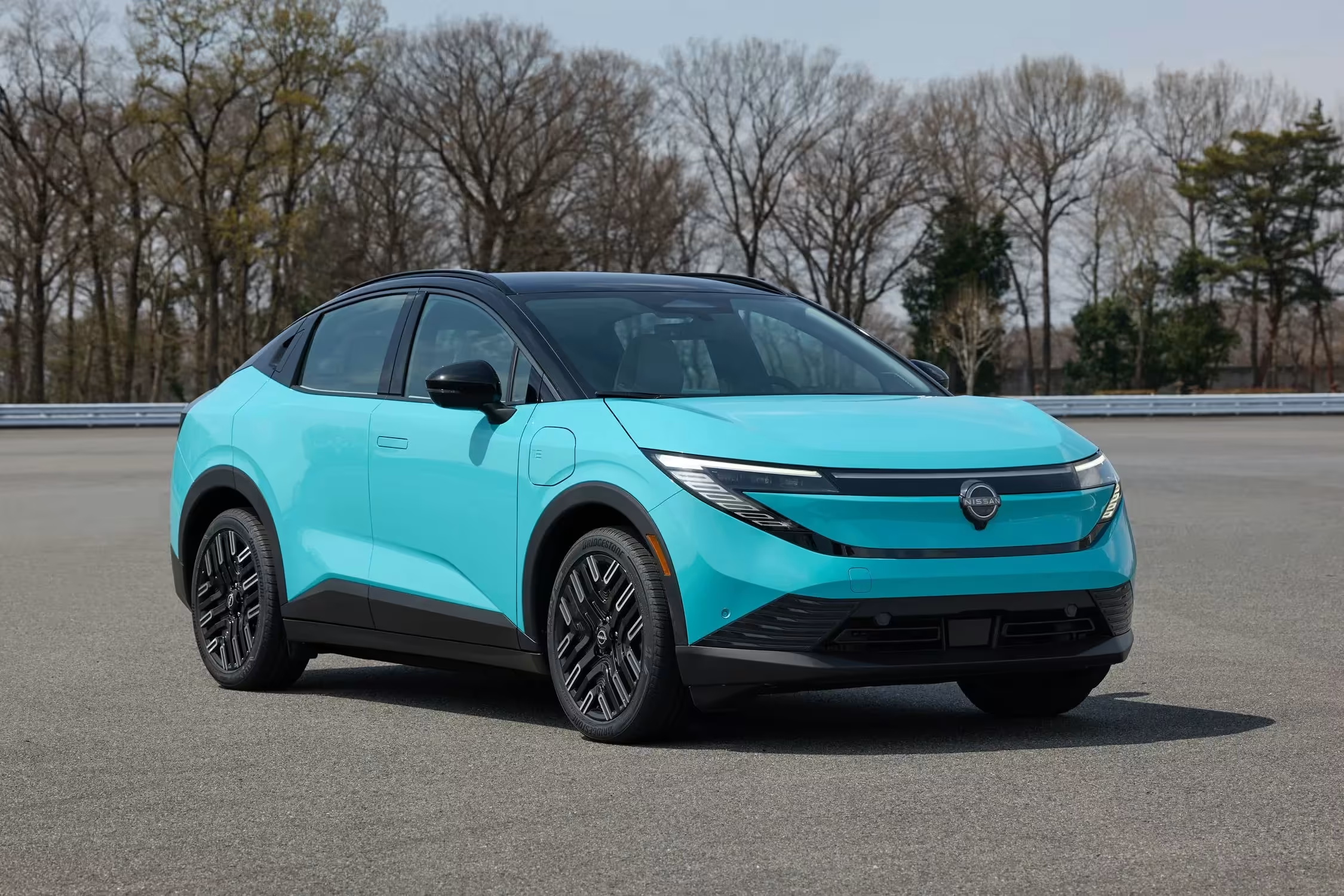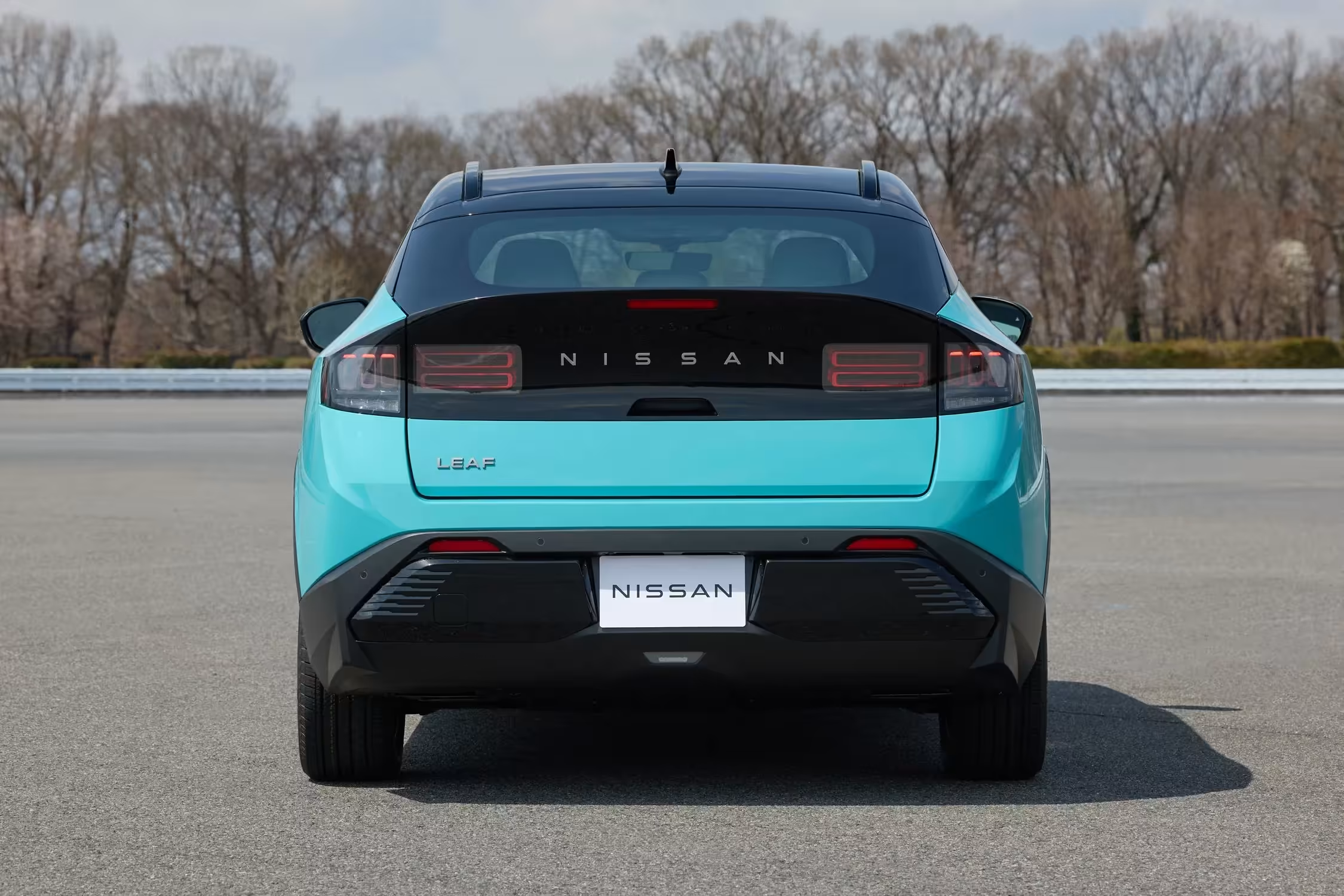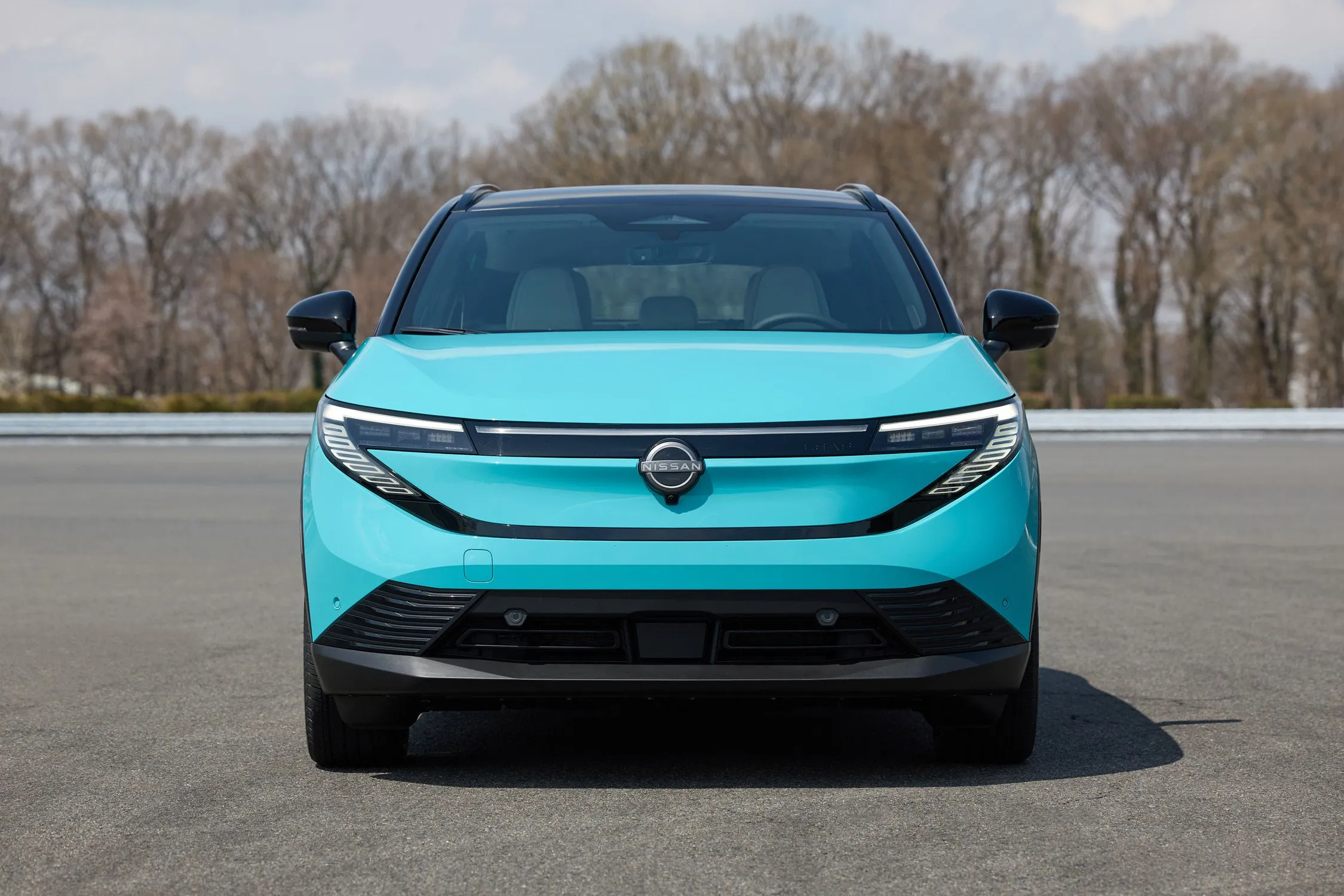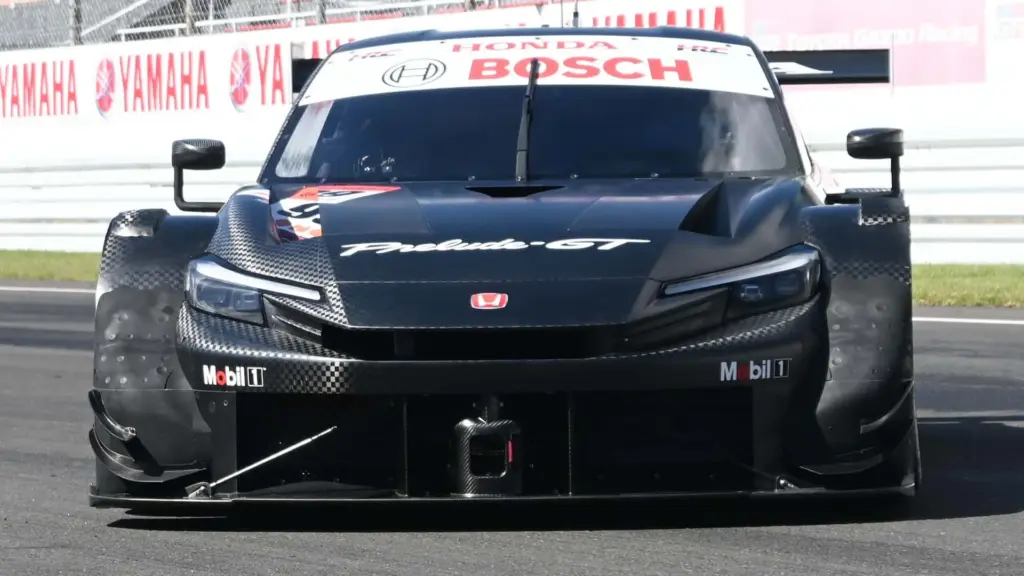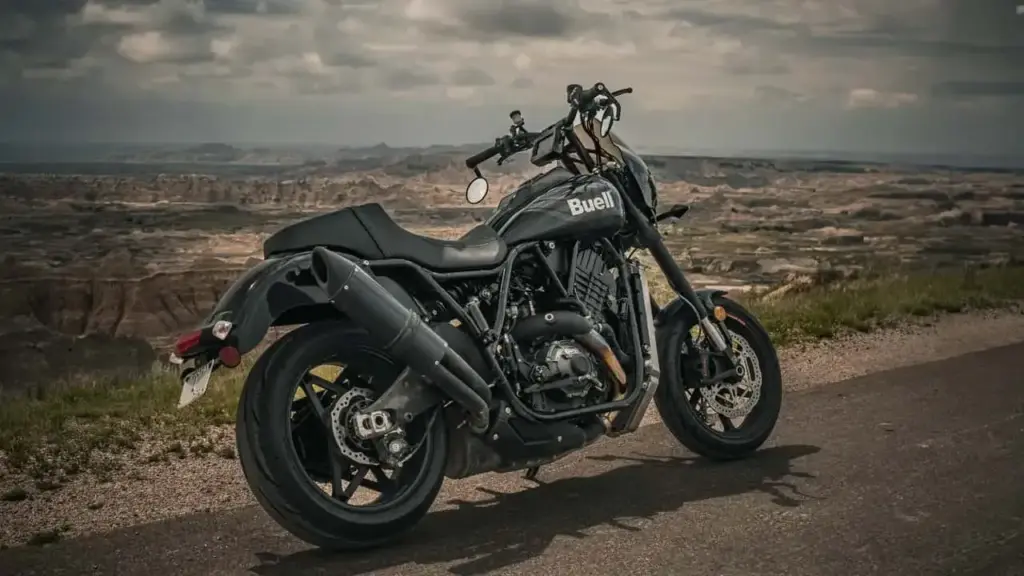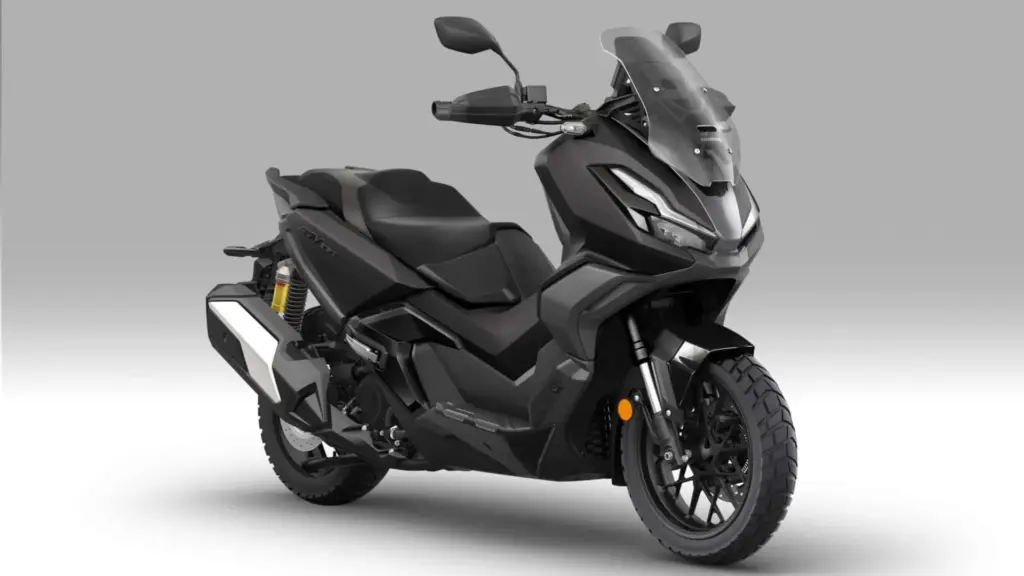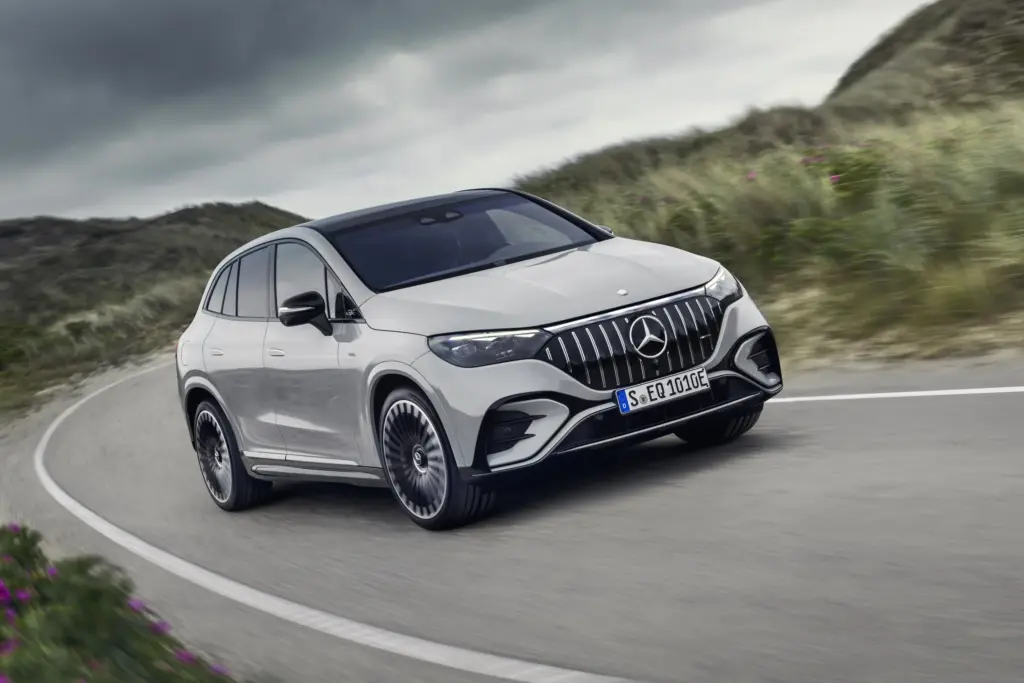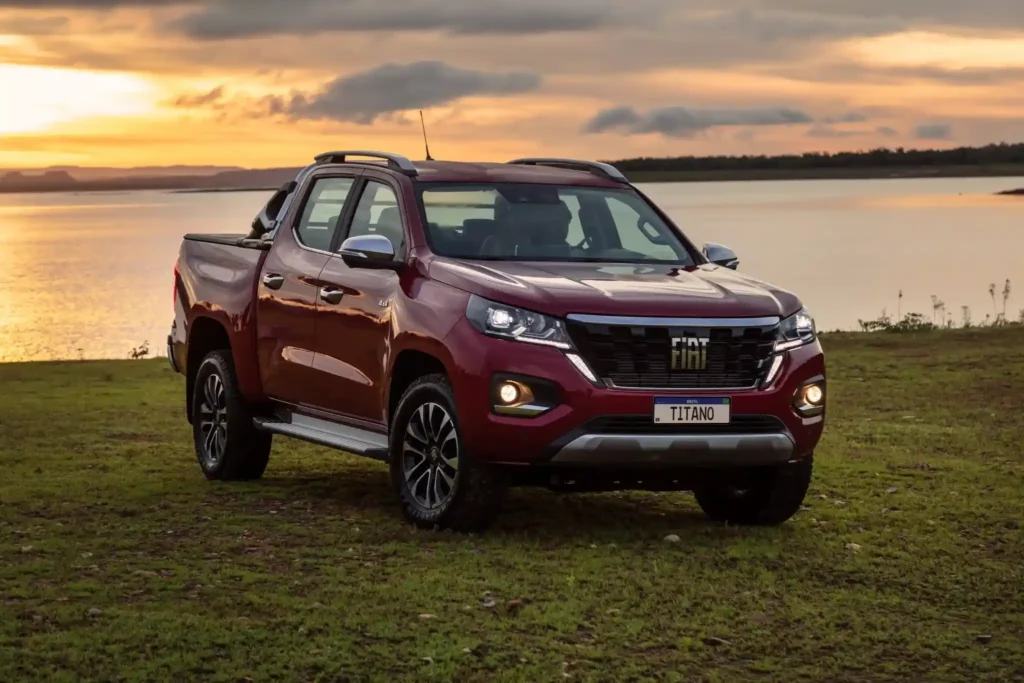Get ready, because the Nissan Leaf you knew has simply… disappeared! Nissan decided to throw out the rulebook and completely reinvent its iconic electric car for the third generation. The result is the 2026 Nissan Leaf, and damn, it’s no longer a hatchback. It’s an electric crossover ready to take on the future.
This isn’t just an update; it’s a drastic metamorphosis. With a new SUV-style body, the 2026 Leaf aims to grab a bigger slice of the booming global electric vehicle market. Let’s dive into what this transformation means for electric car enthusiasts.
How Has the New Leaf’s Design Changed Radically?
The most visible change in the 2026 Nissan Leaf is undoubtedly its new look. Leaving the hatchback shape behind, it now sports a subcompact crossover body, much more imposing and modern. It looks bigger, right? But the truth is it’s actually slightly shorter than the previous model.
The design is described as fluid and aerodynamic, with sleek lines and retractable door handles that help improve the drag coefficient. The LED headlights are sharp, and the rear, especially in the top trim, features a really cool 3D hologram effect. It’s a car that definitely catches your eye.
This new architecture is based on the CMF-EV platform, the same one used by the Nissan Ariya and which will serve as the base for future EVs from the Renault-Nissan-Mitsubishi alliance. This shows the versatility of this platform and how much Nissan is investing in this direction. It’s a platform that allows for various applications—an essential factor in today’s electric vehicle landscape.
What Are the New Range and Performance Specs for the 2026 Leaf?
Here’s one of the features that will have many people looking at the new Leaf differently: the range. Entry-level models with the 52-kWh battery haven’t had their official range announced yet, but the higher trims show a significant jump. The S+ version with the 75-kWh battery promises up to 303 miles (about 488 km) of range.
This puts it in a standout position in the market, surpassing direct competitors. The single front-mounted motor delivers up to 214 horsepower and 261 lb-ft of torque in the top trims, more than enough for most drivers. During prototype tests, the car showed good acceleration and a quiet ride, a great feature for longer trips.
Compared to other popular EVs, this 303-mile range is very competitive. While models like the BYD Seal 06 EV focus on affordability with solid performance, the 2026 Leaf targets a higher level of range, becoming a viable option for those needing to travel farther without worrying too much about frequent recharges. It’s quite a leap forward for Nissan.
How Has Charging Been Improved and What Innovations Does It Bring?
Charging an electric car is still a pain point for many, but the 2026 Leaf comes with some interesting solutions. DC fast charging capacity has been boosted from 50 kW to an impressive 150 kW. This means charging from 10% to 80% can take about 35 minutes, which is a huge improvement.
A clever move is the inclusion of two charge ports. One NACS port (compatible with Superchargers) on the passenger side and one J1772 port on the driver’s side for home and public charging (though a CCS adapter is required at fast DC stations). This flexibility is a huge plus, wow!
Additionally, the 2026 Leaf introduces Plug & Charge functionality, allowing you to simply connect the car to a compatible station to automatically start charging and payment. It’s the “plug-in paradise” many have dreamed of. The Vehicle-to-Load (V2L) capability, which allows using the car’s battery to power external devices, adds another layer of utility that could be a game-changer for many users, as seen in some vehicles already exploring this technology.
The battery’s thermal management has also been improved to ensure consistent charging regardless of weather. The battery is protected and uses residual motor heat to warm up in cold temperatures, and a standard heat pump system enhances cabin heating efficiency. Nissan also offers its own charging network accessible via an app to make drivers’ lives easier.
What’s New Inside and In Cabin Technology?
Inside, the 2026 Nissan Leaf is a completely different car. The cabin design is modern and aligned with the brand’s latest visual identity. The space is generous, with a flat floor and a lower center console, creating a sense of roominess.
The displays are the highlight. SV+ and Platinum+ models come with two 14.3-inch screens integrated with Google (including Google Maps optimized for EVs). The S and S+ trims have 12.3-inch screens with simpler software. All trims, however, include wireless Apple CarPlay and Android Auto, which is essential nowadays.
Below the screens are tactile buttons for climate control, keeping some physical controls within reach, which is good news for those who don’t want to rely solely on touchscreens. The 360-degree camera and 64-color ambient lighting (on the Platinum+) add a touch of sophistication. And the panoramic roof with electric darkening, new to Nissan, is a luxury feature.
In terms of connectivity, all models have front USB-C ports, with upper trims adding rear ports and wireless charging. The cargo space, despite the sloping roofline, is respectable, offering good versatility for luggage or shopping. It seems Nissan really thought of everything for passenger comfort and convenience.
Estimated Price and When Does the 2026 Nissan Leaf Arrive?
One of the biggest concerns with electrification is cost. Nissan indicated the 2026 Leaf will have an estimated starting price in the range of **around €30,000 or $30,000**. This price likely refers to the higher-end versions arriving first.
An entry-level version, the Leaf S, with a smaller battery, will be launched later, and its price should be even more affordable. Keeping the Leaf competitively priced is crucial for Nissan, especially when compared to the growing global EV competition. Models like the Peugeot E-208 GTI Electric or the New Audi Q3 2026, while they may have different proposals, highlight the variety of prices and segments in the electrified vehicle market.
The 2026 Nissan Leaf is expected to arrive in dealerships in the fall (Northern Hemisphere). The first models to hit showrooms will be the higher trims, with the base S model coming shortly after. So, if you’re eyeing this electric metamorphosis, stay tuned over the next few months.
What Safety and Driver Assistance Features Does the 2026 Leaf Offer?
Safety is a key pillar in any modern vehicle, and the 2026 Nissan Leaf doesn’t disappoint. It will come equipped with a robust standard driver assistance tech package. This includes essential features for everyday safety.
Among the standard features are automatic emergency braking, front collision alert, and blind-spot intervention. These technologies help prevent accidents and make driving safer, a fundamental point for any car, electric or not. It’s good to see Nissan didn’t cut corners here.
Quick Comparison: 2026 Leaf vs. Competitors on Range (Estimates)
- 2026 Nissan Leaf (75 kWh): Up to 303 miles (approx. 488 km)
- Hyundai Kona Electric: About 260 miles (approx. 418 km)
- Kia Niro EV: About 253 miles (approx. 407 km)
- Ford Mustang Mach-E (Standard Range RWD): About 250 miles (approx. 402 km)
Of course, actual range can vary depending on driving conditions, weather, and vehicle version. But the preliminary numbers for the 2026 Leaf look very promising and put it in a favorable position on this front.
Frequently Asked Questions About the New 2026 Nissan Leaf
- Is the 2026 Nissan Leaf still a hatchback? No, the 2026 model marks a shift to a subcompact crossover body style.
- What is the expected maximum range for the 2026 Leaf? The estimated maximum range is up to 303 miles (about 488 km) with the 75 kWh battery.
- Does the new Leaf have fast charging? Yes, the DC fast charging capacity has been improved to up to 150 kW.
- How many charging ports does the 2026 Leaf have? It has two ports: one NACS and one J1772.
- When will the 2026 Nissan Leaf be available? The dealership launch is planned for fall 2025.
Honestly, I didn’t expect such a radical change in the Leaf. The previous model, though pioneering, was falling behind in some aspects, especially range and design. This new generation, if it delivers on all its promises, has the potential to shake up the affordable EV market. Turning it into a crossover is a smart move, as that’s the segment people are freaking buying these days. The improved range and flexible charging options are a huge relief for those still worried about running out of juice. And the interior… it looks like Nissan finally put some real effort in. Sure, the starting price might not be the lowest on the market, but if the entry-level version comes in at a friendlier price and keeps most of these innovations, the 2026 Leaf could become an extremely attractive option worldwide. We’ll see how it goes in practice, but on paper, Nissan nailed it, damn!
What do you think about this radical transformation of the 2026 Nissan Leaf? Leave your comment below and share your opinion!
Author: Fabio Isidoro
Founder and editor-in-chief of Canal Carro, he dedicates himself to exploring the automotive universe with depth and passion. A car and technology enthusiast, he produces technical content and in-depth analyses of national and international vehicles, combining quality information with a critical eye for the public.

